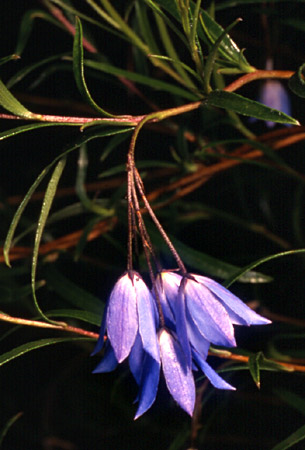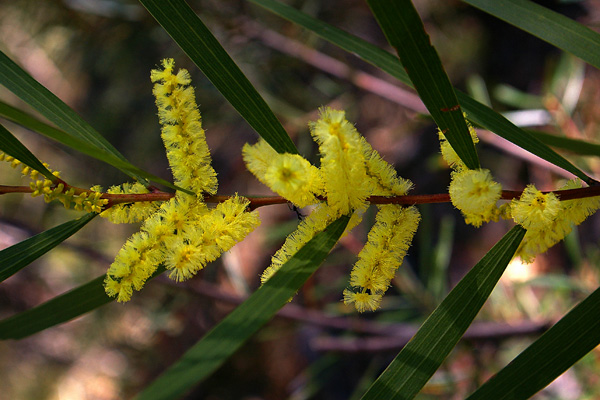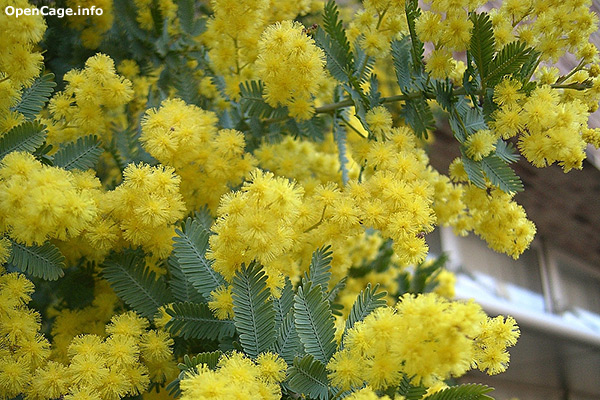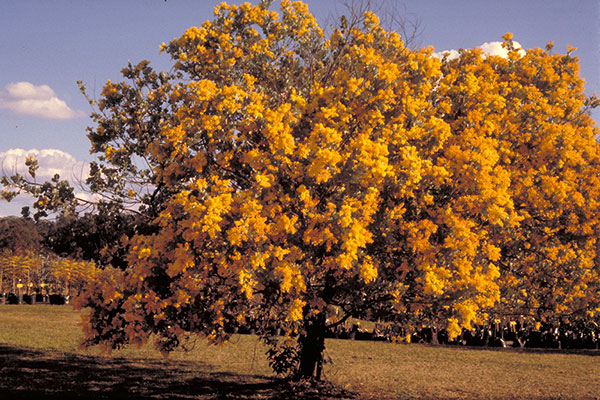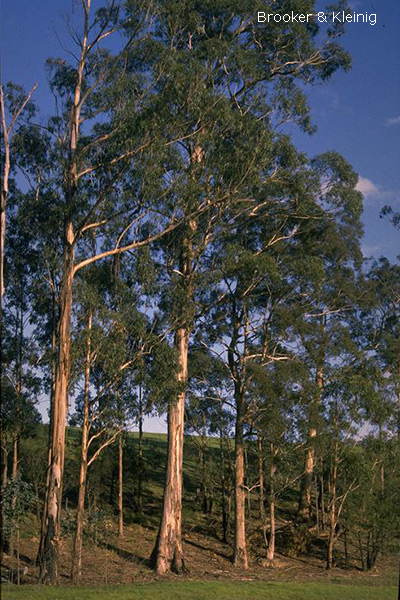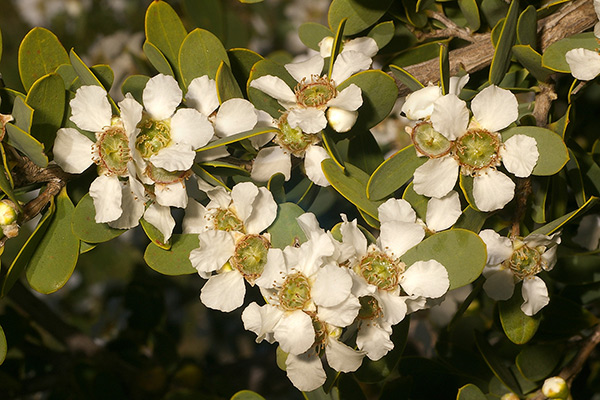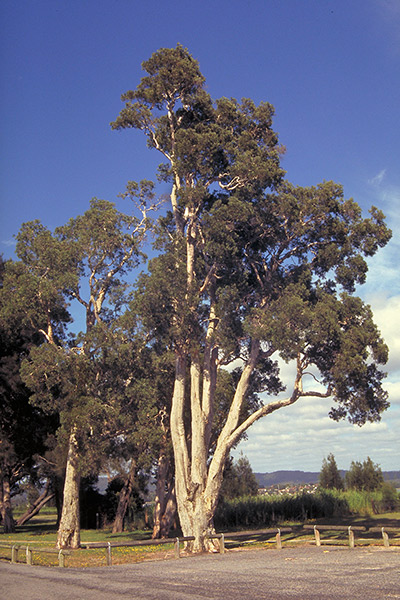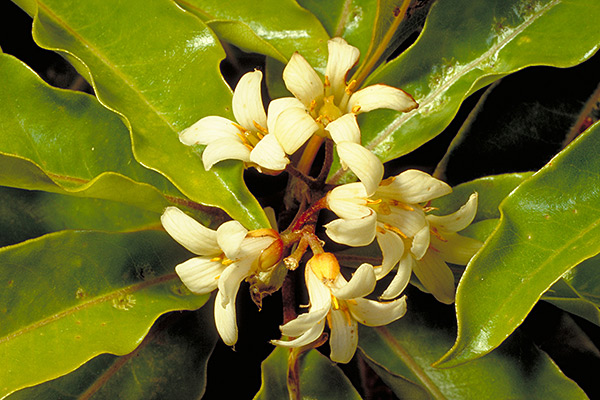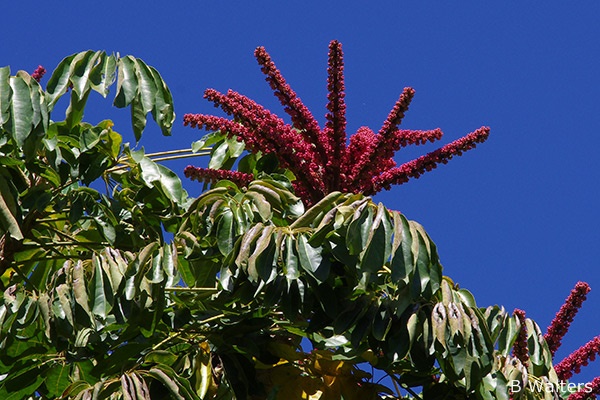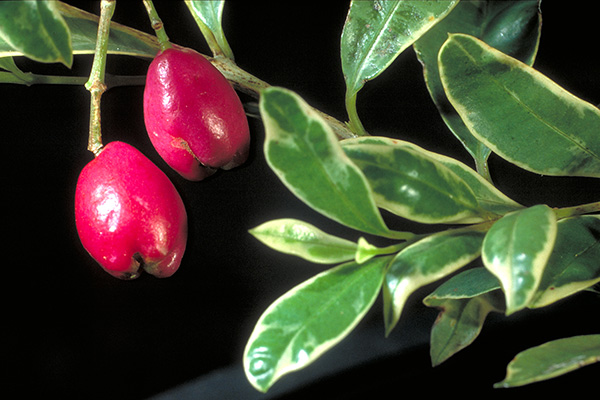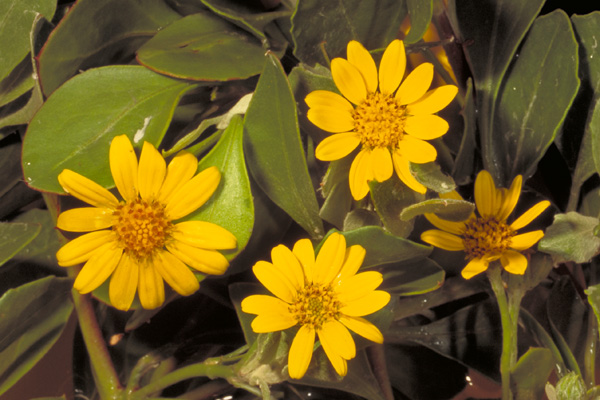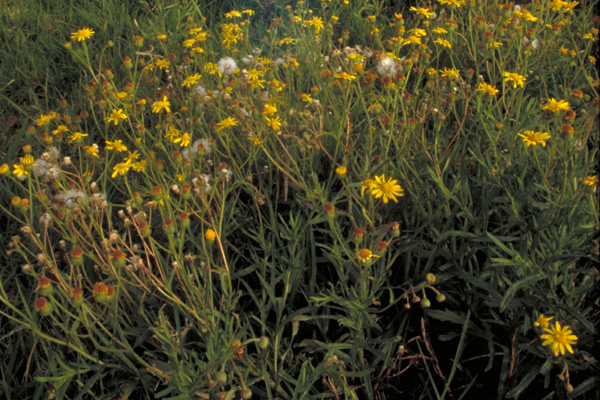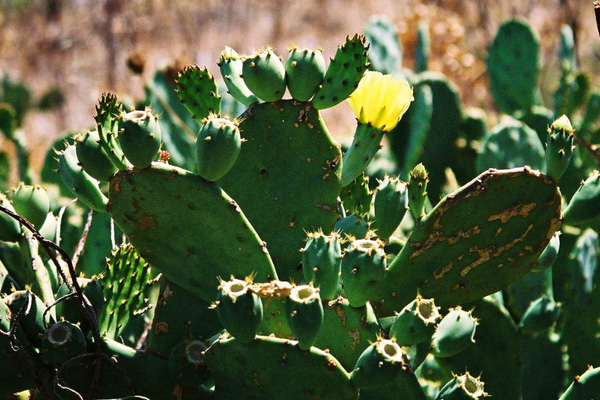Privacy Policy
Who we are
Our website address is: https://anpsa.org.au.
What personal data we collect and why we collect it
Study Group Join Forms
When you complete a Study Group join request form, we collect the data shown in the form, and also your IP address and browser user agent string to help spam detection.
Embedded content from other websites
Articles on this site may include embedded content (e.g. videos, images, articles, etc.). Embedded content from other websites behaves in the exact same way as if you have visited the other website.
These websites may collect data about you, use cookies, embed additional third-party tracking, and monitor your interaction with that embedded content, including tracking your interaction with the embedded content if you have an account and are logged in to that website.
 Australian Native Plants Society (Australia)
Australian Native Plants Society (Australia)